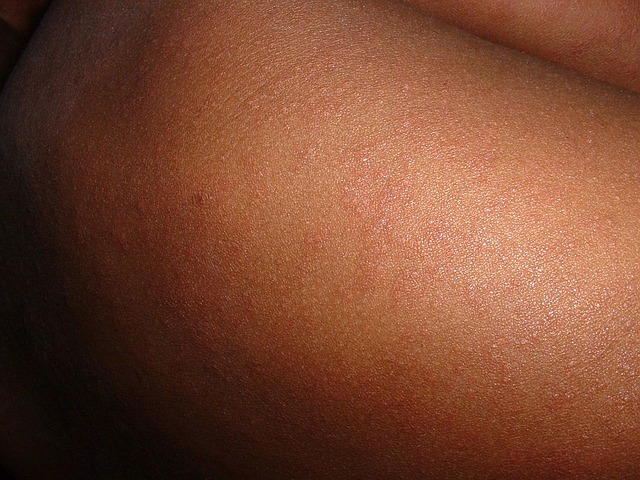The number of confirmed and compatible measles cases in the Philippines has increased in 2018 to date despite the launching of a measles vaccination campaign earlier this year.

As of May 20, the Philippines has seen 3,644 total lab confirmed (921) and compatible measles cases, while in 2017, 1,224 cases were reported, according to a WHO Measles/Rubella Bulletin.
The country has also seen 16 measles related deaths to date.
In early April, the Department of Health launched the “Ligtas Tigdas,” a strategy to curb the spread of measles through the provision of free vaccination among infants and children 6-59 months as outbreaks popped up in a number of major cities to include Taguig City, Zamboanga and Davao among others. The measles cases have again begun to spread in the last quarter of 2017 following significant decreases after the last measles vaccination campaign following the large 2014 outbreak.
The Philippines Department of Health (DOH) is making an effort to win back the public trust concerning vaccines after the Dengvaxia debacle.
Philippines measles outbreak 2014: 58,010 cases, 110 deaths
Measles is a highly contagious viral disease which affects susceptible individuals of all ages and remains a cause of death among young children globally. Measles virus is transmitted via droplets from the nose, mouth, or throat of infected persons. Initial symptoms, which usually appear 10–12 days after infection, include high fever, usually accompanied by one of several of the following: runny nose, bloodshot eyes, cough and tiny white spots on the inside of the mouth. Several days later, a rash develops, starting on the face and upper neck and gradually spreading downwards.
A patient is infectious four days before the start of the rash to four days after the appearance of the rash. There is no specific antiviral treatment for measles, and most people recover within two to three weeks.
Related:



One thought on “Philippines reports increase in measles in 2018”